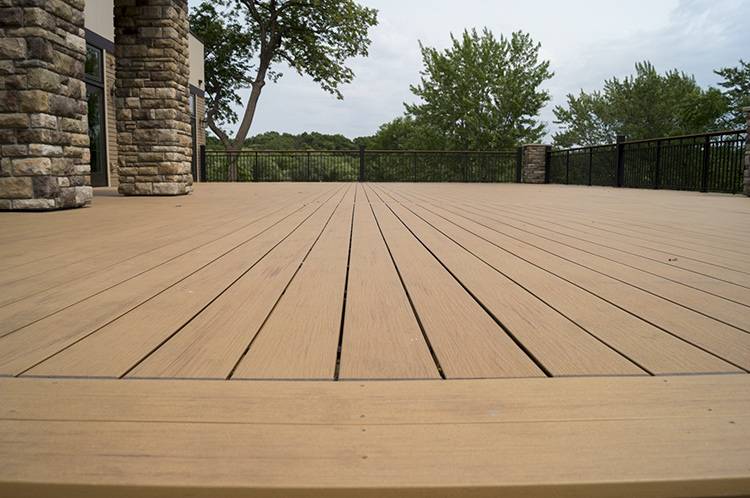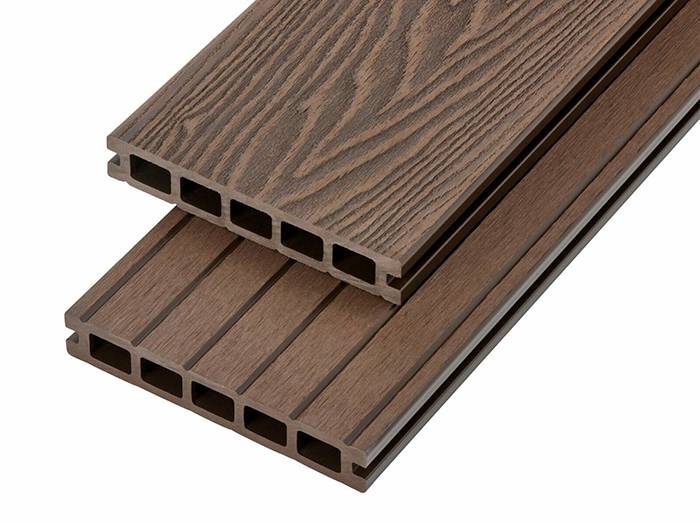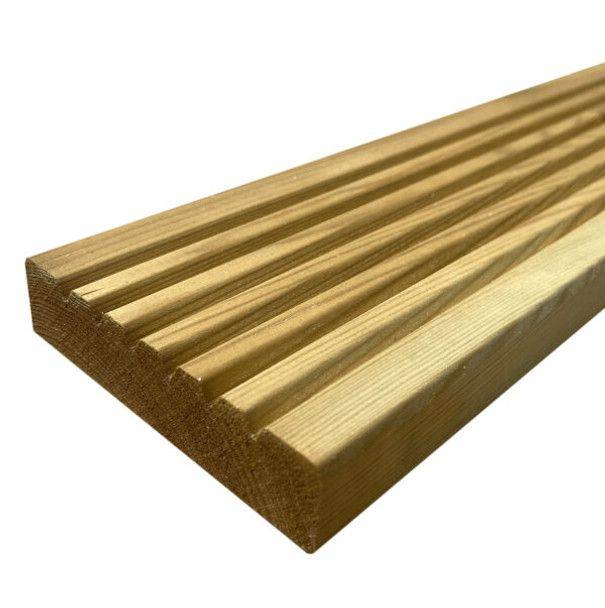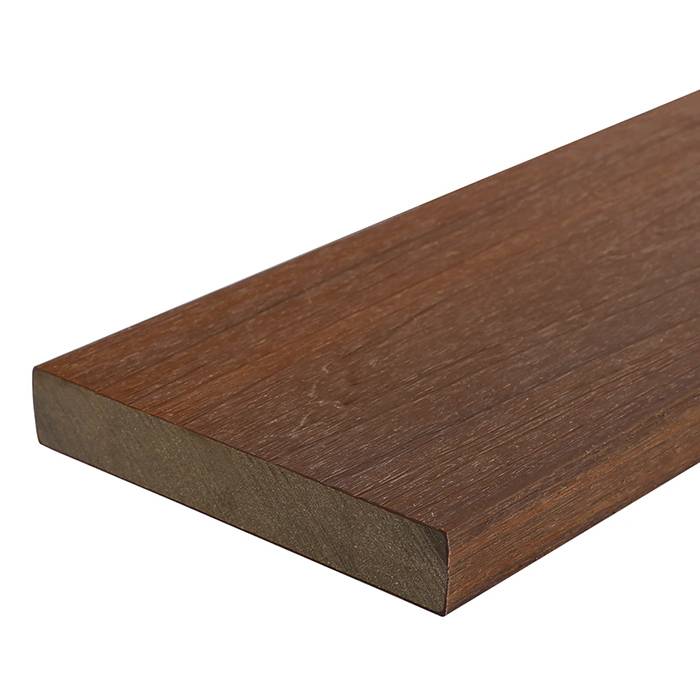Beautiful Plants For Your Interior
Best Wood For Low Maintenance Decking

As the warm weather approaches, it’s time to start thinking about your outdoor living space. Whether it’s new fencing, decking or screening now is the time to start thinking about what needs to be done.
If you want to update your existing deck for instance or start from scratch, one of the most important things to consider is the type of decking material you’ll use.
The best wood for low maintenance decking probably comes down to just 3 choices as we shall see.
The deck material you choose is important because it needs to be sturdy, look good, and last for a long time. You also don’t want to spend too much time maintaining it.
When it comes to low-maintenance decking, choosing the right wood is essential for long-term durability and aesthetic appeal. While traditional wood options require regular maintenance to prevent rot, decay, and insect damage, certain types of wood offer superior resistance to these issues.
Additionally, composite materials have gained popularity for their minimal maintenance requirements and long-lasting performance. In this post, we will explore the best wood options for low-maintenance decking, including natural hardwoods and composite materials, to help you make an informed decision for your outdoor space.
There are three main types of low-maintenance deck materials: composite decking, pressure-treated wood decking, and IPE decking.
1. Composite Decking
Composite decking has become increasingly popular in recent years due to its durability and low maintenance requirements. Made from a combination of wood fibres and recycled plastic, composite decking offers the look of traditional wood without the need for staining or sealing.
It is also resistant to rot, decay, and insect damage, making it an attractive option for outdoor spaces. With a wide range of colours and styles available, composite decking provides a versatile and long-lasting alternative to traditional wood decking.

2. Pressure Treated Wood
Pressure-treated wood decking, also known as PT wood, is a popular choice for outdoor projects such as decks and porches. It is treated with chemicals to resist rot, decay, and insect damage, making it incredibly durable and long-lasting.
This type of wood is notably cheaper than other options like composite materials or hardwoods, making it an affordable choice for outdoor construction projects. Additionally, pressure-treated wood is a renewable resource, providing a sustainable option for decking materials. However, it does require annual maintenance in the form of painting or staining to protect it from the elements and maintain its aesthetic look.

3. Ipe Decking
Being the most expensive option, Ipe (pronounced ee-pay) decking, also known as Brazilian walnut, is a popular choice for outdoor spaces due to its durability and natural resistance to rot, decay, and insects.
This exotic hardwood offers a rich, luxurious appearance and is highly regarded for its strength and low maintenance requirements. Ipe decking can last for decades with proper care, making it a long-term investment for any outdoor living area.
Its natural resistance to fire and slippage further enhances its appeal, making it a sought-after option for high-end decking projects.

Best Wood For Low Maintenance Decking: Best Option
IPE decking is the best option if you want a low-maintenance deck that will last for a long time. However, it’s also the most expensive option. If you’re on a budget, then composite decking is a good option. Pressure-treated wood decking is a good option if you’re looking for something affordable but be prepared to do some maintenance.
Best Wood For Low Maintenance Decking: The Pros and Cons
Composite Decking Pro’s
- Sturdy Doesn’t need any painting or staining.
- Looks like natural wood.
- Eco-friendly
- Durable
Composite Decking Con’s
- More expensive than pressure-treated wood decking.
- Can be slippery when wet
Pressure-Treated Wood Decking Pro’s
- Affordable Easy to work with.
- Can be painted or stained to match any colour.
- Resistant to mould, fungus, and insect infestation.
- Affordable.
Pressure-Treated Wood Decking Con’s
- Requires annual painting or staining.
- May contain harmful chemicals.
Ipe Decking Pro’s
- Extremely sturdy.
- Doesn’t need any painting or staining.
- Resistant to rot, mildew, weather, and non-scratch.
- Class-A fire rating.
Ipe Decking Con’s
- Very expensive.
- Difficult to install.
- Can be slippery when wet
Best Wood For Low Maintenance Decking: Material Costs
At the time of writing (December 2023) the following costs per m2 will give you an idea of what the costs would be for the different materials. Prices do not include, joists, screws, paint or stain or labour.
Composite Decking: Where to Buy
Pressure Treated Wood: Where to Buy
Ipe Decking: Where to buy
| Deck Material | Cost |
|---|---|
| Composite Decking | From about £45 m2 |
| Pressure-Treated Wood Decking | From about £32 m2 |
| Ipe Decking | From about £55 m2 |
Conclusion
When considering low-maintenance decking options, composite decking, pressure-treated wood, and Ipe decking all offer unique benefits. Composite decking provides durability and a wide range of styles, while pressure-treated wood is a cost-effective and sustainable choice. Meanwhile, Ipe decking stands out for its natural beauty and exceptional longevity.
What is the best wood for low maintenance decking? Each option has its own merits, and the best choice ultimately depends on individual preferences, budget, and specific project requirements.
